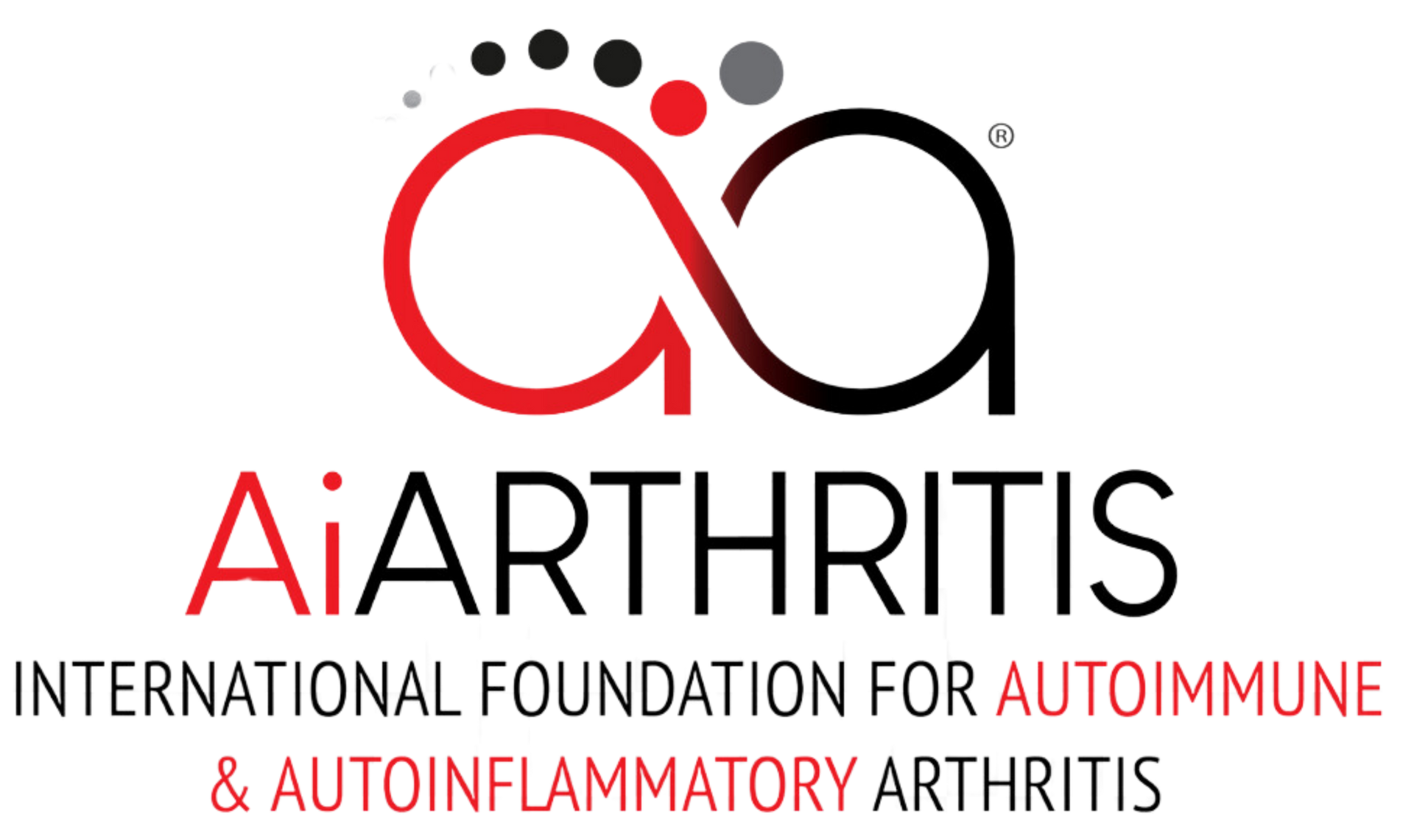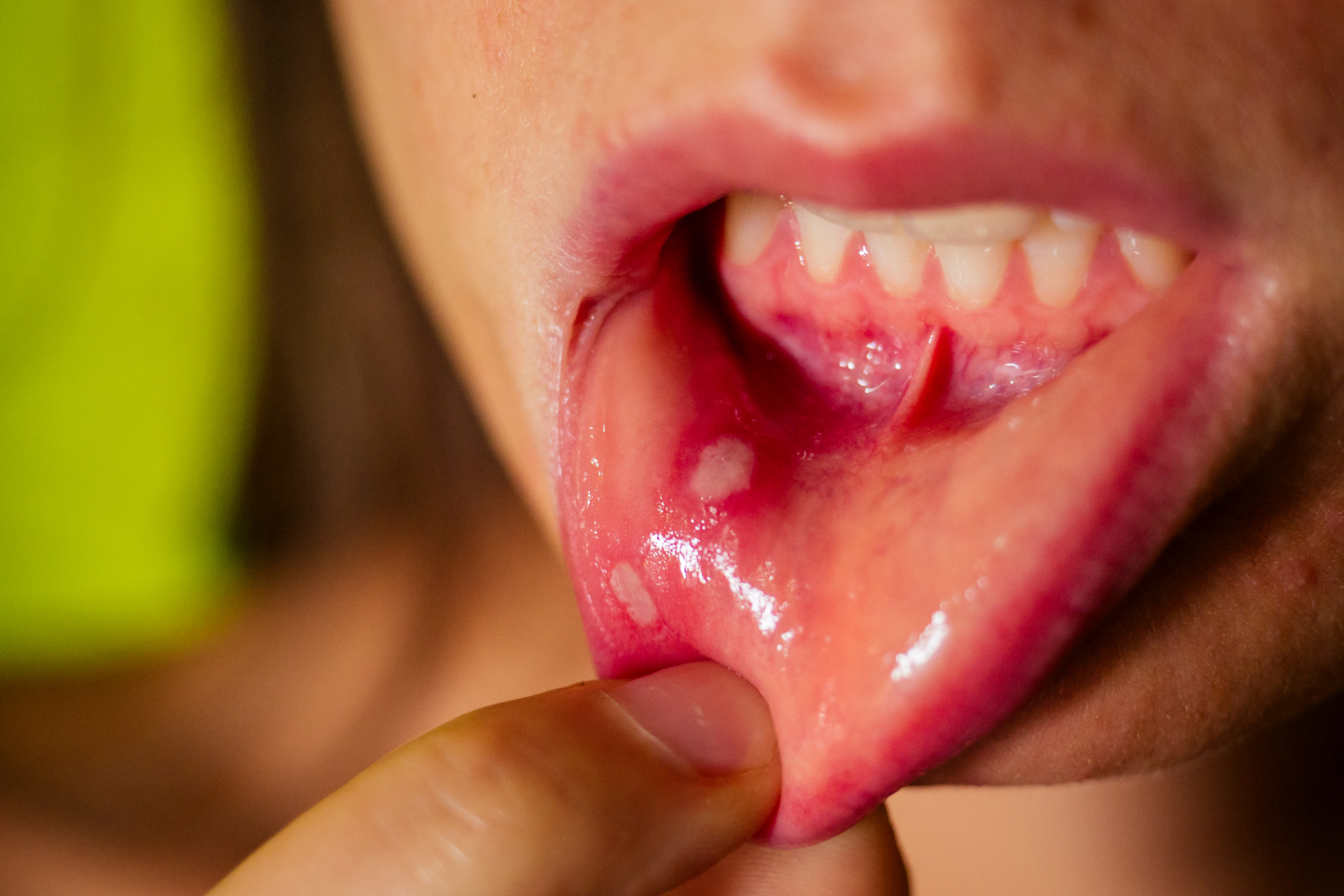Undifferentiated Disease (UD)
How to pronounce it: Undifferentiated - Uhn-diff-arr-en-shee-ate-ed
AiArthritis defines Undifferentiated Disease as:
Undifferentiated disease is a term used when someone has symptoms similar to other autoimmune or autoinflammatory diseases, but those symptoms are not specific or severe enough to confirm a single diagnosis. These symptoms may include joint pain, fatigue, muscle pain, skin rashes, or involvement of other organs.
Common types of undifferentiated disease include:
- Undifferentiated Connective Tissue Disease (UCTD)
- Undifferentiated Spondyloarthritis (USpA)
- Unclassified Seronegative Spondyloarthritis
- Undifferentiated Inflammatory Arthritis/Polyarthritis
Symptoms & Characteristics
Common in All AiArthritis Diseases
Flares: Periods of worsening symptoms are called flares. A flare can last for hours, days, weeks, or months.
Physical Activity: Condition improves with activity and exercise and worsens with rest.
Comorbidities: When inflammation is left uncontrolled due to lack of proper treatment, comorbidities can develop. 70% of patients with chronic, lifelong disease will develop comorbidities, including dual or triple diagnoses.
Family History:
Autoimmune diseases often run in families, indicating a potential genetic predisposition where that gene can cause disease. Autoinflammatory diseases can occur multiple times in a family, but is based off of genetic mutation. It is not a gene that causes the disease— but a mutation on the gene that can cause the disease which can then be passed on to the next generation.
"Auto" Symptoms
Fatigue: Severe fatigue or exhaustion that may not be helped by caffeine/stimulants and can happen even after a long period of rest.
Cognitive Dysfunction: Brain fog or periods of time where thinking gets clouded and it becomes difficult to concentrate.
Flu-like symptoms: Without having the flu- nausea, muscle weakness, and general malaise.
Fever: Typically low grade in autoimmune (with exception of juvenile idiopathic arthritis) and higher grade in autoinflammatory (% strongly varies per disease).
Reference: Early Symptoms of AiArthritis Study, AiArthritis, 2019.
Inflammatory Arthritis Symptoms
Stiffness: Severe stiffness in one or more joints, especially in the morning or after sitting for long periods of time.
Joint Pain: Episodes of joint pain that may last for hours, days, or even weeks, that can appear and disappear suddenly. Often described as “jumping pain” into different locations.
Typically the joint pain will coincide with one or more “Auto” symptoms and start and stop suddenly - for no apparent reason (which is called a "flare"). Some people will experience all of the above symptoms, others only a few.
If you have any of the arthritis features, and at least one of the “Auto” features, please consult your physician about a referral to a specialist.
Symptoms Often Associated with Undifferentiated Disease
Given many undifferentiated subgroups can be classified under Undifferentiated Diseases, symptoms may include any of the symptoms associated with any autoimmune arthritis or autoinflammatory arthritis disease, including:
- Skin rashes that are scaly or sensitive to sunlight
- Dry eyes and mouth
- Hair loss
- Mouth ulcers
- Weight loss
- Inflammation around the lungs (pleuritis) or heart (pericarditis)
- Raynaud’s phenomenon:
hands or feet turning white or blue in cold temperatures
Diagnosing Undifferentiated Disease
There’s no universal set of criteria for diagnosing many forms of Undifferentiated Disease (UD), which makes the process challenging. Rheumatologists rely on a combination of physical exams, blood tests (ESR, WBC, RBC), and imaging, along with a family history of autoimmune or autoinflammatory disease.
Doctors will also evaluate common symptoms seen in autoimmune and autoinflammatory diseases, such as fatigue, fevers, and myalgia. They then assess more specific features like skin or organ involvement. If arthritis or joint pain is present, it can help narrow the diagnosis to an autoimmune or autoinflammatory arthritis, but the condition may still remain undifferentiated if the features aren’t clear enough.
However, identifying a subtype of UD can help guide treatment decisions. Examples include:
- Undifferentiated Connective Tissue Disease (UCTD): Patients may experience “auto” symptoms similar to those in connective tissue diseases like rheumatoid arthritis, lupus, Sjogren’s disease, or scleroderma. Arthritis is often involved.
- Undifferentiated Spondyloarthritis (USpA): In addition to “auto” symptoms, classic spondyloarthritis features, such as enthesitis (pain where tendons or ligaments attach to bone), may be present. Common sites include the feet, spine, and chest.
Narrowing the diagnosis to a type of UD helps inform the next steps in treatment and management, even when the disease remains “undifferentiated.”
Since symptoms are intermittent, it is important to have tests and imaging done during an attack or flare to capture the signs of inflammation. If that’s not possible, documenting symptoms through photos and symptom logs can be essential for aiding diagnosis.
Undifferentiated Disease Treatment Options
Treatment OptionsTreatments are tailored to each individual's disease, but visit our Treatment Options page to learn more about the different types of treatments that are used for Undifferentiated Disease.
What Fellow Undifferentiated Disease Patients Want You to Know
Submit YOUR Advice- This is a real diagnosis, even if it may feel like one. If it's at a level of "undifferentiated", this may mean your disease is milder, which increases the chance to achieve remission.
- Some doctors do not prescribe disease modifying drugs for those diagnosed with a form of undifferentiated disease. This may be because they feel your symptoms are not clear enough to justify prescribing medications. However, if they think of this as "early disease" or "pre-clinical rheumatoid arthritis, spondyloarthritis, etc." they may be more willing to prescribe treatments. Since UD may present differently in everyone and be more mild, talk to your doctor if you are curious what therapies may be available.
We need YOUR advice! Fill out this form to give peer advice to those with your disease.
Interesting Facts about Undifferentiated Disease
- Undifferentiated Connective Tissue Disease (UCTD) was first recognized as a condition in the late 20th century when doctors observed patients with symptoms of autoimmune connective tissue diseases, such as lupus or scleroderma, but without enough specific criteria to be diagnosed with a particular disease. The term “undifferentiated” refers to the fact that the disease doesn’t fully fit into any one category of autoimmune diseases. It remains a useful diagnosis when patients exhibit early or mild autoimmune symptoms that may eventually evolve into a more defined connective tissue disease.
Undifferentiated Disease Awareness Days/Months
- World Autoimmune and Autoinflammatory Arthritis Day - May 20th
- Rare Disease Day - February 29th (28th)
- Autoimmune Awareness Month - March
- Rheumatic Disease Awareness Month - September
- Pain Awareness Month - September
- Chronic Disease Awareness Day - July 10th
- Invisible Disabilities Week - 3rd full week of October
Other Undifferentiated Disease Resources
In an effort to ensure this page has the most accurate and up-to-date information, this page is currently awaiting medical review. Some information is subject to change.
Page Last Updated: 1/17/2025




